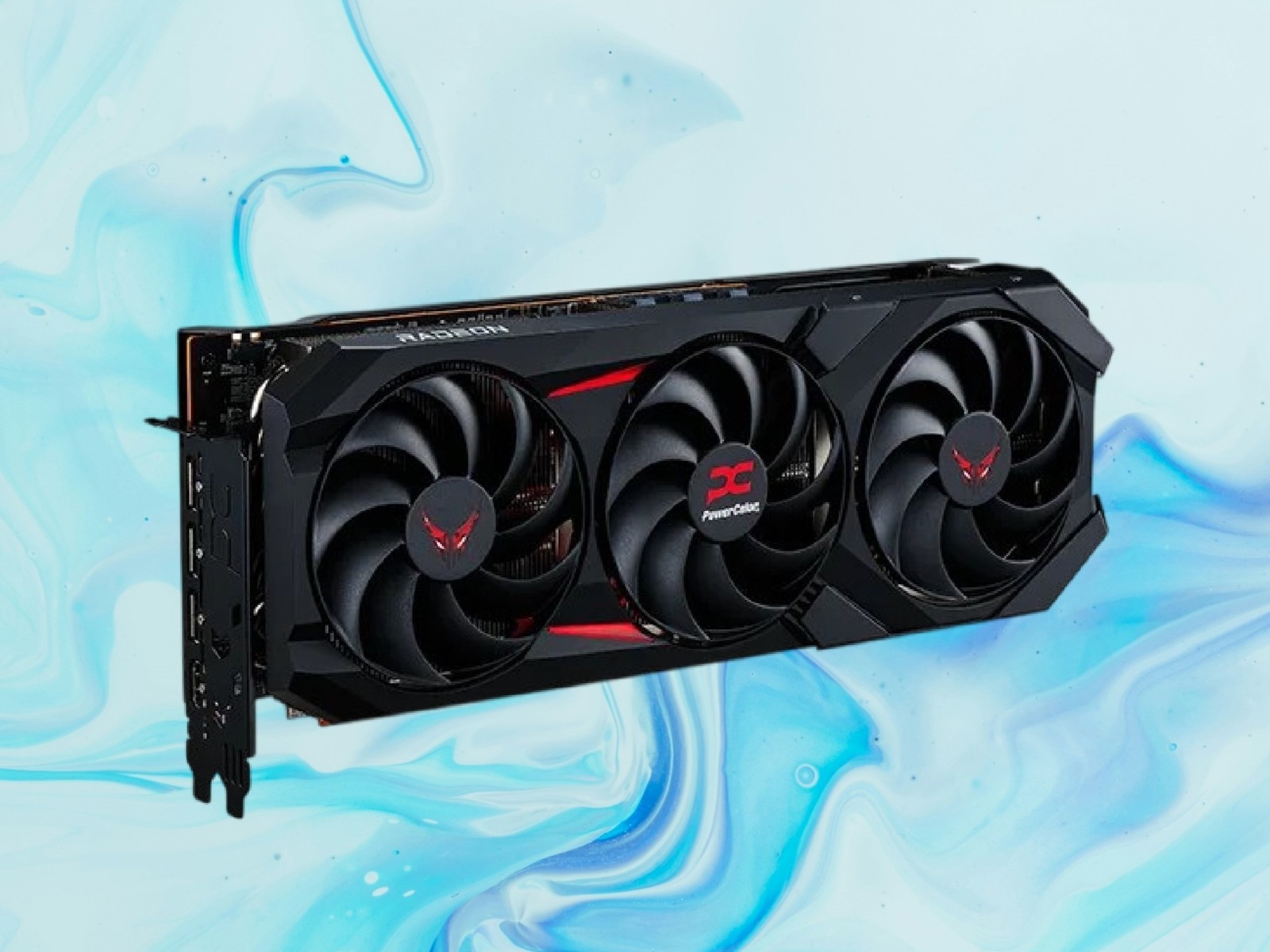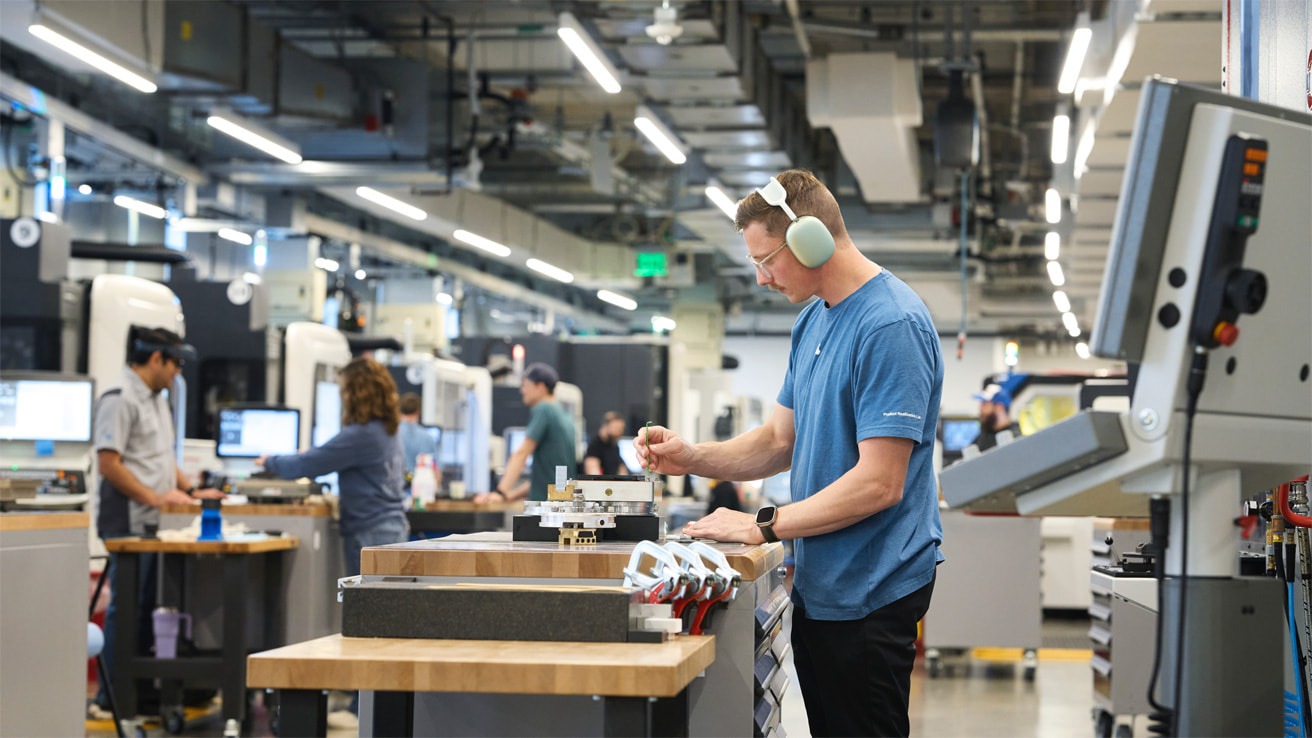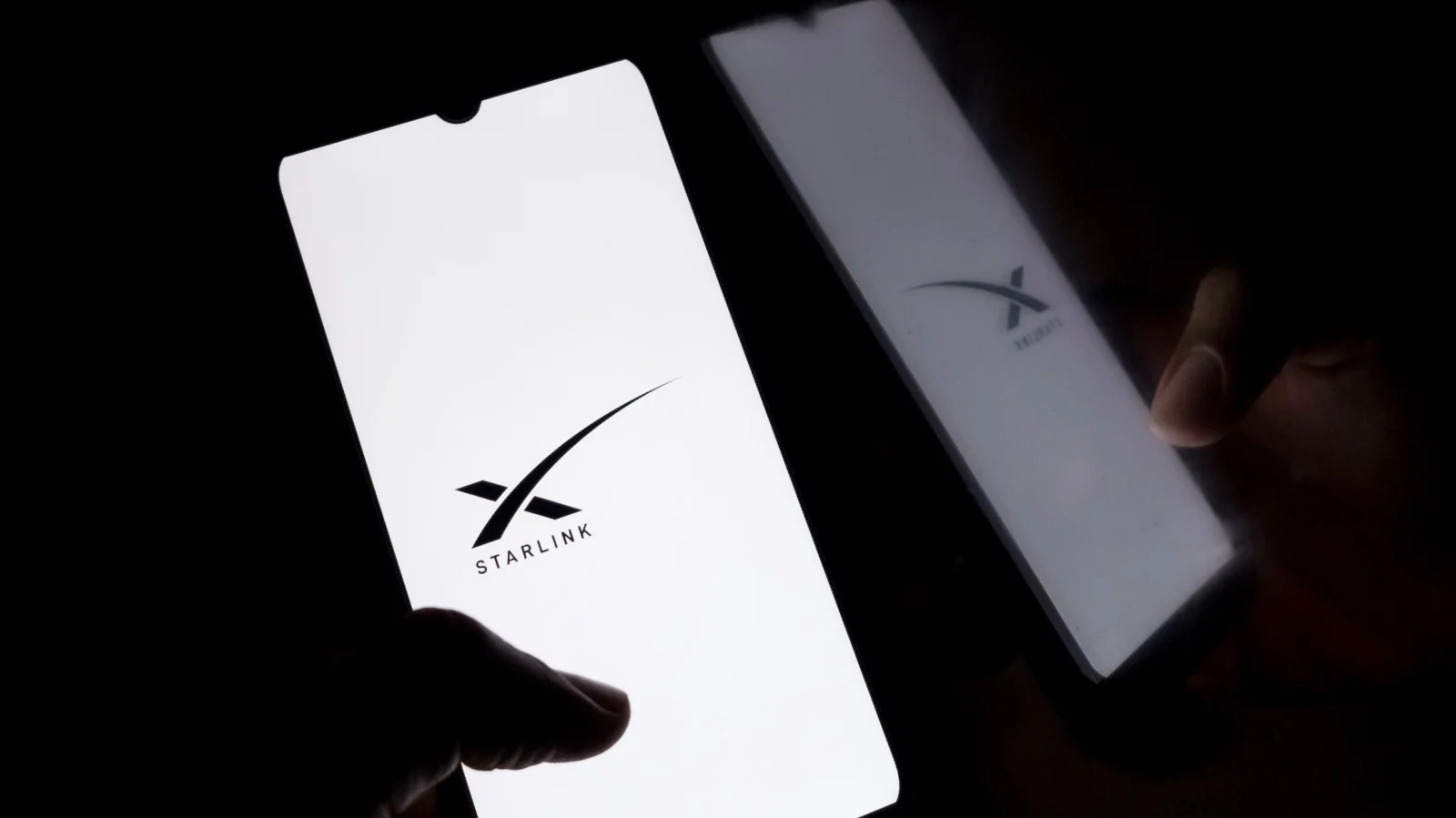AMD Starts Radeon RX 9000 Series: “A New Era in Consumer Graphics with Turns of ROCM Support”
In a rapidly evolving world of graphics technology, AMD has once again increased its operations with the introduction of the Radeon RX 9000 Series. This new line of consumer graphics cards promises an unprecedented gaming experience with cutting edge performance, improved performance efficiency, and a variety of innovations to meet both players and content makers. However, there is a major change in strategy in this publication. Future consumer graphics cards, including the RX9000 series, are not officially supported by ROCM (Radeon Open Compute Platform), the popular open source frame of AMD’s high performance high performance computers (HPCs) space. With a new generation of GPUs that have traditionally surpassed the limits of gaming performance, it’s no surprise that the latest offers from AMD will conquer the storm market. However, AMD focuses on gaming performance, so the company’s approach to the computing ecosystem has changed a notable change, particularly when it comes to ROCM support. The decision not to provide official ROCM support for the RX 9000 series has raised questions in the developer community about the future of AMDS GPUs for high-performance computing (HPC) and AI work rode Collegian GPUS.
AMD Radeon RX 9000 Series:
What’s the new one? The RX 9000 card is based on the latest RDNA 3.0 architecture and promises substantial improvements to its predecessors when it comes to blanket and performance efficiency.
RDNA 3.0 Architecture:
The performance boundary at the heart of the Radeon RX 9000 series is the AMD RDNA 3.0 architecture, a repetition of the highly successful RDNA 2.0 architecture of the company operating the RX 6000 series. RDNA 3.0 is designed to provide superior performance per watt, allowing players to experience smooth gameplay with higher resolution and image rates, while also using less performance than previous generations. This efficiency is achieved through a combination of sophisticated manufacturing processes, architectural optimization, and improved construction of computing units. These changes are expected to significantly improve gaming performance, especially for graphically demanding titles that require real-time radiation tracking and AI-based effects.
Breakthrough Gaming Performance and Visual Loyalty:
For players, the RX 9000 series offers a dramatic leap in terms of performance, allowing smooth 4K and 8K players with higher image rates than ever before. The new graphics card is equipped with a powerful ray tracing kernel and supports extended visual functions such as VRS (Variable Rate Shading) and Fidelity FX Super Resolution (FSR). These technologies improve visual quality and performance by dynamically adapting workload rendering to scene complexity. Whether it’s an open world game, a competitive shooter, or a virtual reality experience, the RX 9000 series is built to offer seamless gameplay with minimal stutter or delay.
Support for next-generation features:
PCIE Gen 5, USB4, etc. In addition to performance improvements, the Radeon RX 9000 series also offers the latest connectivity standards, including PCIE Gen 5 and USB4. PCIE Gen 5 speeds up data transmission and creates the perfect map for next-generation gaming setups. These future-oriented features allow the RX 9000 series to be grounded for the future and willing to meet the requirements and content creation of next-gen games.
Performance Efficiency and Thermal Design:
One of the most important challenges in GPU design is the relationship between performance and electrical efficiency. The Radeon RX 9000 series in this area offers impressive performance improvements without significantly increasing power consumption. Thanks to the efficiency-oriented design and advanced manufacturing techniques of RDNA 3.0, these cards offer excellent performance, but maintain thermal headroom. The result is quieter operation and more efficient power supply. This is especially important. This includes several GPUs in high-end systems for content creation and playback.
High Performance Computing:
Future consumer graphics cards, including the RX 9000, do not receive official support from AMD for the ROCM platform. ROCM is particularly important for workloads such as AI research, machine learning, and scientific computing, which are used to accelerate complex calculations using GPUs. ROCM provides developers with a framework for creating and running applications that use the parallel processing performance of AMD-GPUs. This makes it an essential tool for scientific institutions, researchers and businesses working in cutting-edge fields. While ROCM is traditionally available on AMD high quality professional cards such as the Radeon Pro and Instinct series, this shift illustrates an important departure from AMD previous approach to integrating ROCM into all Radeon GPUs. Many developers who rely on tasks such as deep learning, scientific simulation, AI model training and more about options on AMD GPUs can only limit the options if they want to use the RX 9000 series for these applications.
This can lead to performance bottlenecks and compatibility issues, ultimately limiting the effectiveness of the RX 9000 series for professional and research workloads. In contrast, Nvidia has established itself as a dominant player in the KI and HPC markets, providing strong support for GPUs on GPUs with a CUDA programming model and extensive software libraries. The decision to retain official ROCM support for the RX 9000 could make it more difficult for the company to compete with Nvidia in this growing region. The company is focused on the consumer gaming market and appears to meet the needs of mainstream players and content makers. By prioritizing games, AMD can optimize the RX 9000 series, providing an exceptional gaming experience, especially with new technologies such as a titles and VR and AR. The decision also allows AMD to optimize development resources that may have spent better.
Also Read This: Apple today announced its largest – Spending commitment, with plans to invest more than $500 billion in the U.S.
Conclusion:
The introduction of the Radeon RX 9000 series from AMD means a new era of gaming and consumer graphics, offering significant performance improvements and a variety of next-generation features. The RDNA 3.0 architecture provides impressive gaming performance with high image rates and improved performance efficiency. The new card is well positioned to compete with NVIDIA in the high-end consumer GPU market, but this decision to rule out official ROCM support for consumer GPUs has raised some concerns in the high-performance computing community. With the ever-increasing demand for gaming hardware, AMD’s strategy aims to capture the hearts of players by having the best possible gaming experience. It is still unclear whether this focus will focus on gaming at the expense of AI and HPC growth, but for now AMD’s latest start-start-start prepares the stage for the exciting next chapter in the world of consumer graphics cards.




